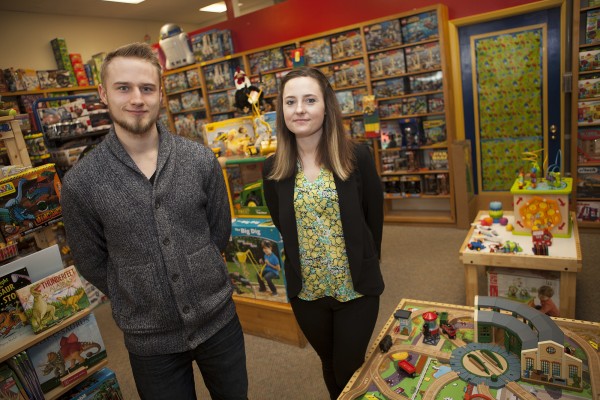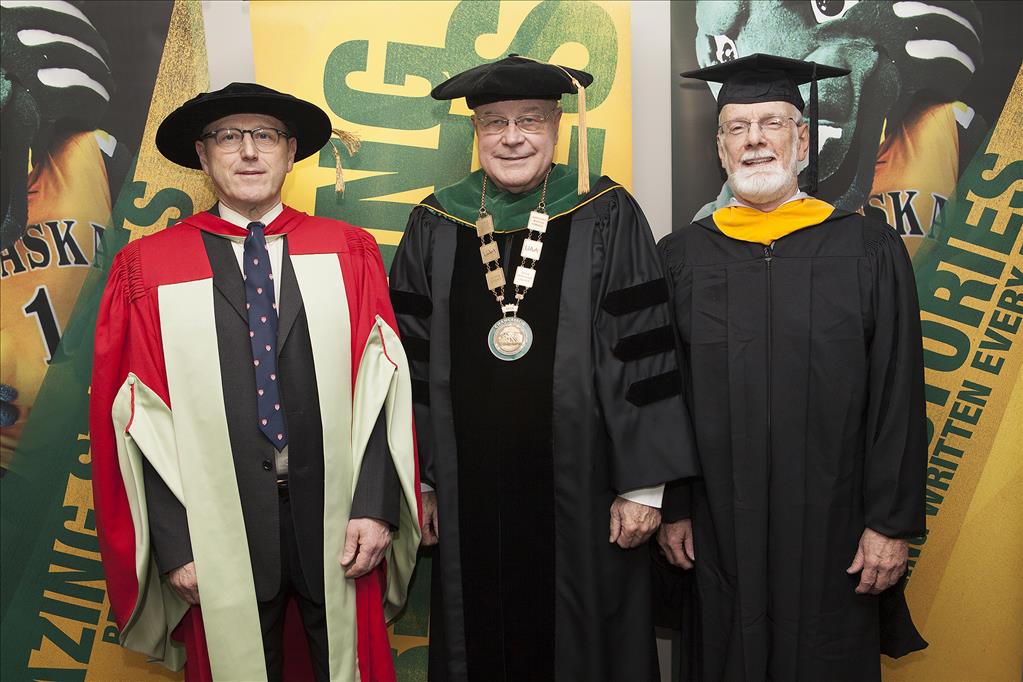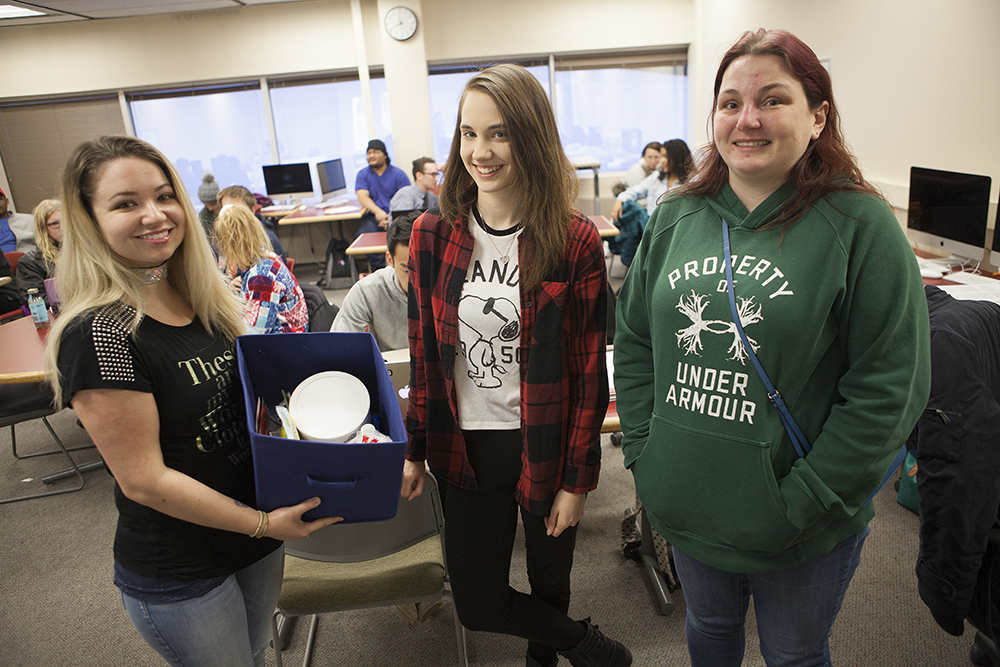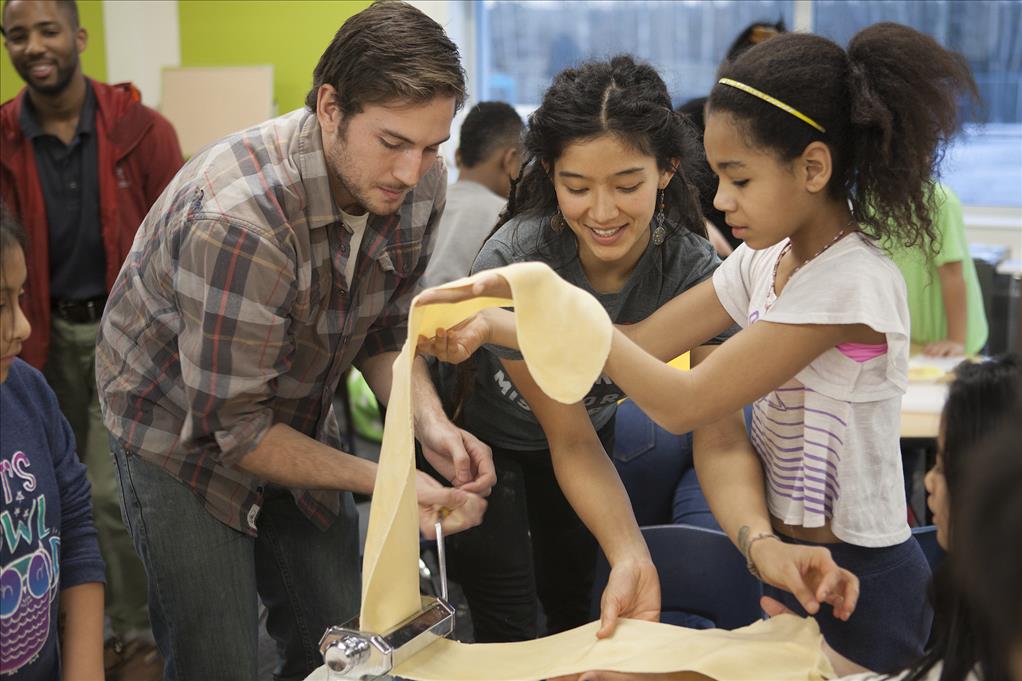A closer look at corporate social responsibiilty
by Kathleen McCoy |
Does it pay for a company to be socially responsible? Are they just giving away profits, or does social responsibility actually increase sales? You'd think the benefits were certain, given the number of companies not only engaged in it, but happy to tell us all about it. Yet economists actually report mixed results. Some companies with strong social records don't do so well economically, and some with weak social records do just fine, regardless.
Two UAA students wanted to know more. As a course project in their experimental economics class, they designed an experiment at a local toy store to see if customers would spend more if it meant the store would donate some of the proceeds to a local charity.
Molly Conlin, a December economics graduate, and Bryan Haugstad, a junior economics major, partnered with Classic Toys, located between Benson and Northern Lights Boulevards in Midtown Anchorage. Conlin has worked at Classic Toys for almost a decade, and as a close associate of owners Ed and Kari Dodd, she asked permission to try the experiment in their store. The Dodds agreed.

Bryan Haugstad and Molly Conlin pose for a photo in Classic Toys. (Photo by Philip Hall / University of Alaska Anchorage)
First Conlin and Haugstad did some background research. A commonly cited opinion on corporate social responsibility comes from Nobel Laureate Milton Freedman. He argued that "the business of business is business," implying that giving away profits to charity does not make good business sense. But if that's the case, then why are so many companies engaged in socially responsible practices?
Are companies really willing to trim profits for a good cause? Or do consumers really make spending choices based on the social practices of a company? If that's true, where's the proof? How does a company actually measure the effect?
Jim Murphy teaches the experimental economics class. He acknowledged that the available research is thin. "There really are not a lot of good studies that measure whether social responsibility pays for itself."
Haugstad concurred. "There's a lot of research about how much people say they are interested in supporting socially responsible companies, but not a lot of relevant experiments explaining exactly how it works or testing whether this helps the bottom line."
Part of the difficulty is what you're measuring when you look for success, Murphy explained. How do you know what really drives customer loyalty?
So here comes the experiment. After studying Classic Toys' sales history, they decided to offer a promotion. If a customer spent at least $30, then Classic Toys would donate $2 to Toys for Tots. The students found a 10 percent bump in toy sales tied to the promotion. Murphy was encouraged by the results but wasn't convinced that the effect on consumer buying was adequately tested. How about a second experiment, he suggested, with more data and options for the shopper.
With holidays approaching in December, toy sales generally go up, so Conlin and Haugstad modified their experiment. If a consumer spent $40, then Classic Toys would donate either $2 or $4 to Toys for Tots. They randomly ran more than 50 trials over an 11-day period, swapping out donation scenarios every two hours.
Sometimes, it was business as usual, with no charitable donations. At other times, they informed customers that the store would donate $2 to Toys for Tots if the customer's bill tallied at least $40. And in a third scenario, Classic Toys offered to donate $4 if the customer spent at least $40.
"We were looking at total transactions to see if there was a relationship between time periods when we were offering the donation and when we weren't," said Conlin. "We were looking for the effect on transactions over $40."
And...?
Again the students saw a 10 percent increase in the number of sales over $40, which suggests that customers were buying more toys to reach the target. Overall, average sales with the promotion increased by about $4, which indicates that the donation program might actually pay for itself. Altogether, adding the October and December receipts, the store donated $3,752 worth of goods to Toys for Tots.
For a small, locally owned business, being able to support a good cause can also generate a lot of goodwill. Conlin, with a decade of retail experience, plans to one day own her own business. For her, the experiment showed that a small business with tight margins can indeed find a way to make sustainable charitable donations, the proverbial win-win.
A version of this story by Kathleen McCoy appeared Sunday, March 13, 2016 in the Alaska Dispatch News.
 "A closer look at corporate social responsibiilty" is licensed under a Creative Commons Attribution-NonCommercial 4.0 International License.
"A closer look at corporate social responsibiilty" is licensed under a Creative Commons Attribution-NonCommercial 4.0 International License.














